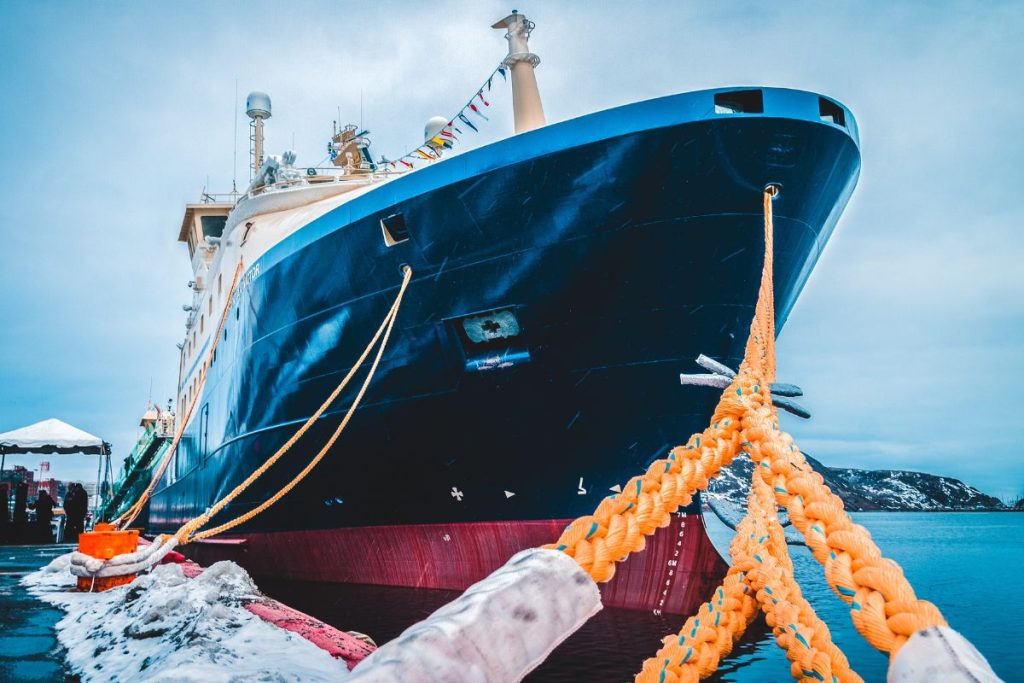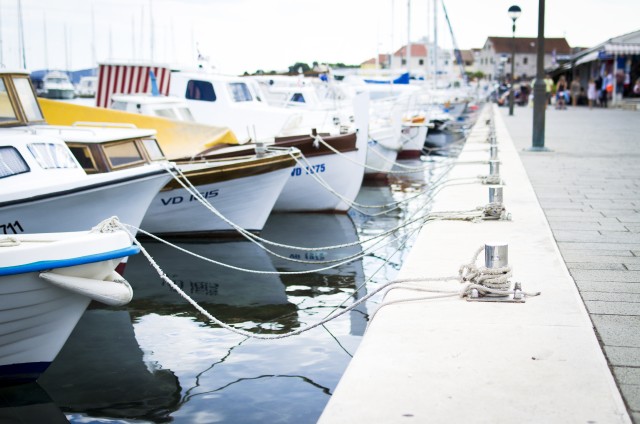
In the early stages of your nautical career, you are going to be asked to tie a boat to something sturdy to secure it in place and stop it floating away. Vessels and docks feature specific fixings for this very purpose, so we will take a look at four of the most common marine supplies for securing a vessel, which you will need to use aboard your boat.
Cleats
These are plastic, metal or wooden fixtures that can be found on both docks and vessels. Their shape resembles a wide and short capital ‘T’. The closed type has a solid base, while the open type has two closely-spaced legs in the middle. The best method of tying a cleat is to use a hitch at the end of the line. Cleats come in a huge range of sizes; some are as small as your little finger, while some are as big as your entire leg.
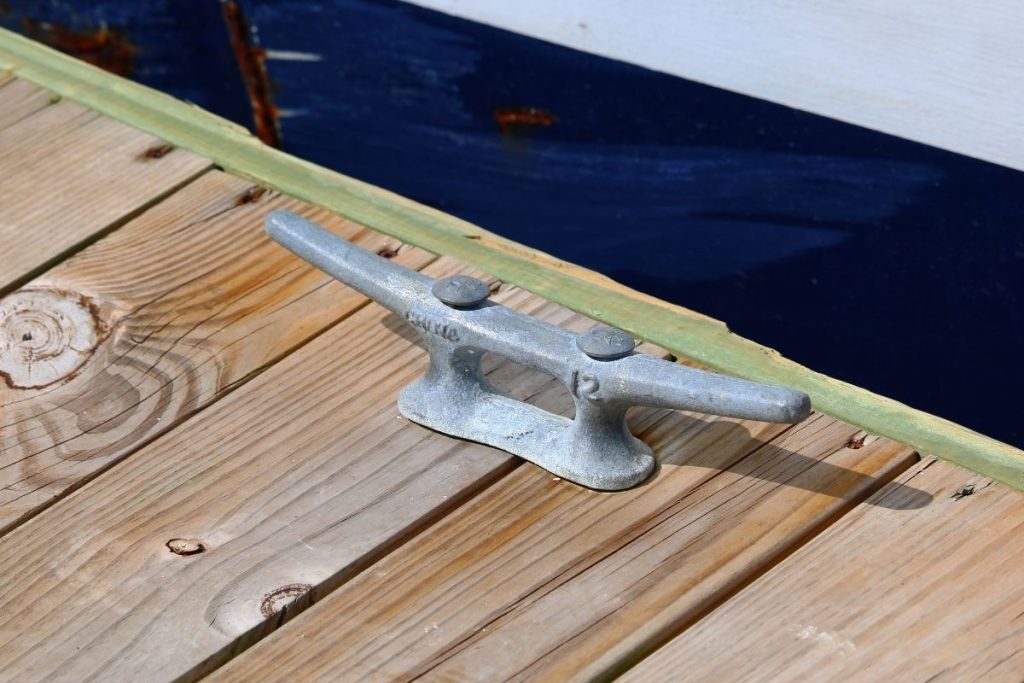
For new mariners, it’s essential to periodically check cleats for signs of corrosion or loose fittings, especially before heading out for longer journeys. Offshore Supply recommends inspecting both the fixture and the surrounding hull material for wear. Overloading small cleats can damage both the fixture and the line. Always match the cleat size to the intended load.
Bitts
These are solid columns which are sometimes square and sometimes cylindrical. They feature a cross bar of a smaller diameter, making the unit resemble a lower-case letter ‘t’. They are extremely strong, and tie with a hitch around the cross bar. Bits are usually near the bow and stern of a vessel and can sometimes be found on docks as well.
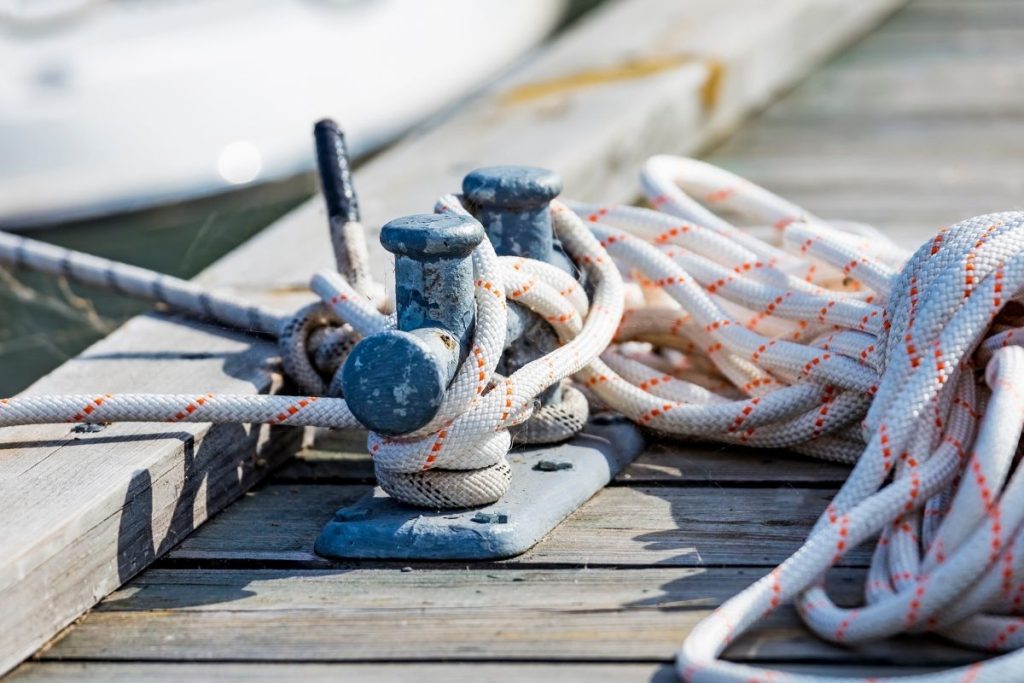
In adverse weather conditions, bits provide a valuable tie-off point for additional lines or springs, adding redundancy during mooring. Regular lubrication and cleaning can prevent seizing caused by salt build-up.
Chocks
These fixtures hold a line, rather than functioning as a tie point. They are usually found near a cleat, holding the line in position to prevent it from moving laterally and abrading. They are flattened loops with a narrow opening on top, where you can add or remove the line. They come in many shapes and sizes, like cleats, but are usually only found on vessels.
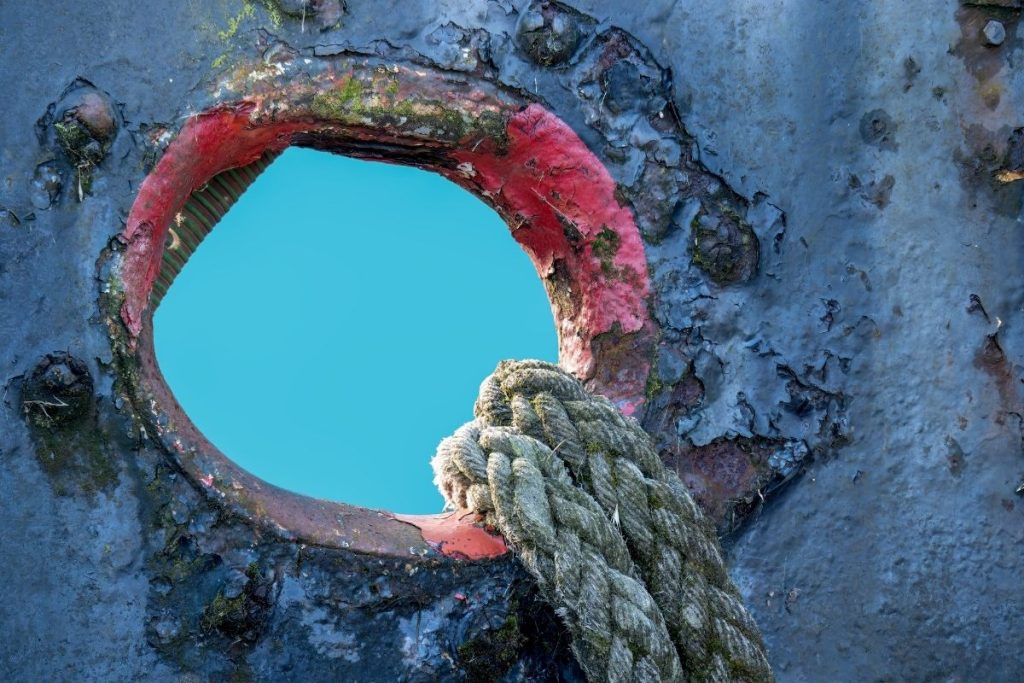
Properly sized and placed chocks prevent unnecessary chafing of your ropes—one of the leading causes of line failure. Consider adding chafe guards or using lines with abrasion-resistant jackets in higher-stress areas.
Bollards
These resemble short metal mushrooms. They are found on large ships and docks, but almost never on smaller boats. They are designed to have a loop from a line placed over the top, with the slack taken up at the other end. This keeps the line tight, stopping it from slipping over the top.
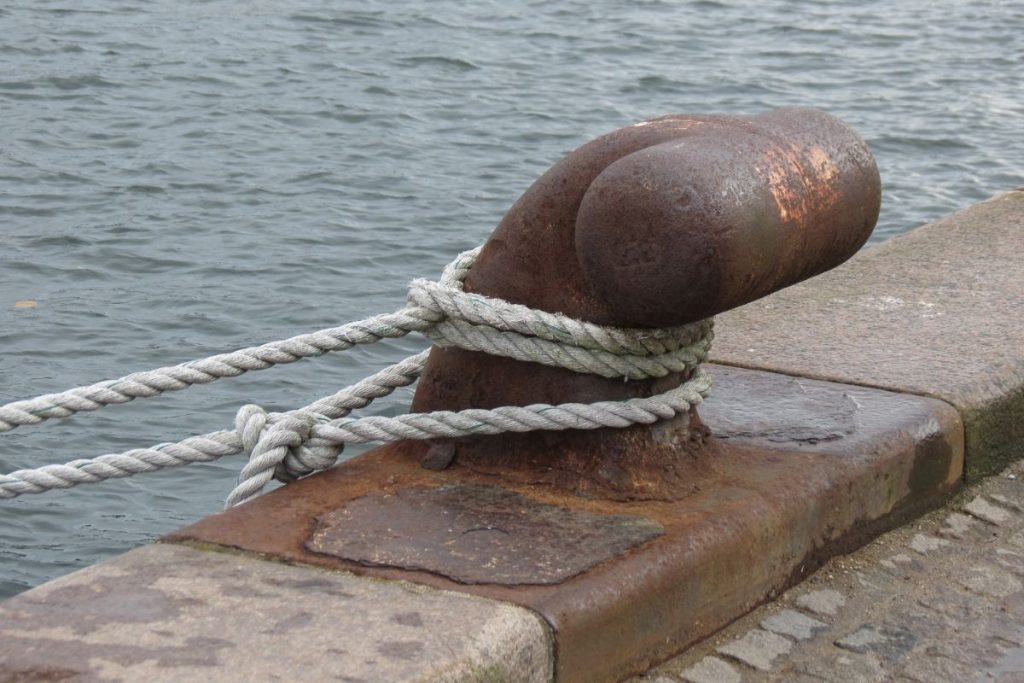
When using bollards, always ensure lines are correctly looped and take care to avoid tangling, which can pose a hazard when lines are under strain. Bollards are engineered to handle significant loads and are vital for mooring vessels in commercial ports, especially where tidal forces or heavy traffic create changing conditions. Regular inspection is important, as rust or deformation can compromise their strength.
Understanding Mooring Line Selection
Selecting the right mooring line is just as important as choosing the correct securing fixture. Offshore Supply recommends using lines with the appropriate strength and flexibility for your vessel’s size and typical conditions. For example, nylon lines offer excellent stretch for absorbing shock loads, while polyester provides superior abrasion resistance. Reviewing line specifications can prevent costly equipment failure when docking in exposed or busy ports.
Common Securing Mistakes and How to Avoid Them
Even experienced mariners occasionally overlook basic securing protocols. One common error is tying knots incorrectly, leading to slippage or jamming. Double-check that your knots are secure and lines are properly tensioned. Avoid using frayed or undersized lines—these present a serious risk.
Quick Maintenance Checklist
- Inspect all securing fixtures weekly for corrosion or movement
- Replace damaged lines or fittings immediately
- Rinse metal hardware with fresh water after saltwater use
- Lubricate moving parts where possible
Your Marine Guide
As industry-leading ship chandlers, we provide a comprehensive range of marine supplies from water finding paste to a hose repair kit. Our extensive catalogue serves everything from small vessels to commercial offshore operations. We deliver UK-wide and internationally, ensuring your vessel is fully equipped wherever you’re based. If you have any questions, please don’t hesitate to contact us.
